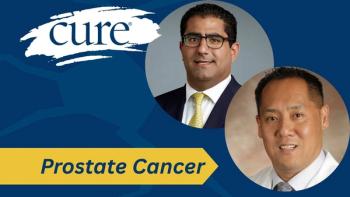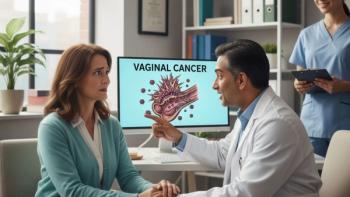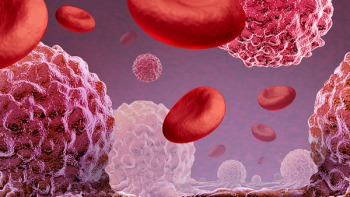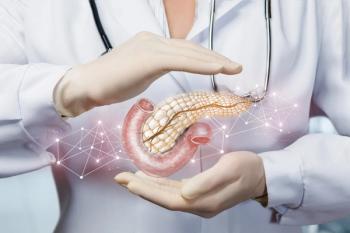
CAR T-Cell Therapy Leads to Remission in a Patients With Lymphoma
Dr. Andre Henri Goy shared how CAR T-cell therapy led a retired pilot with lymphoma into remission, showing the impact of personalized treatment decisions.
Dr. Andre Henri Goy of John Theurer Cancer Center shared the story of a patient with lymphoma who achieved remission after CAR T-cell therapy, illustrating how individualized treatment decisions can lead to long-term outcomes and renewed quality of life.
Goy described how a patient named Mark Daniel first came to him nearly two decades ago with low-grade lymphoma. Daniel responded well to an immunotherapy-based clinical trial and remained active for years — flying planes, exercising daily and staying in great shape.
Years later, Daniel returned with a very aggressive lymphoma. Given the intensity of chemotherapy needed and the patient’s age, CAR T-cell therapy became the most appropriate option. After some complications from initial chemotherapy, Goy convinced Daniel to undergo CAR T-cell therapy, which led to a full recovery and sustained remission. He is now back in the air performing aerobatic flying.
Goy highlighted the importance of tailoring therapy to the patient, noting that CAR T-cell therapy can be especially valuable for individuals with aggressive disease who may not tolerate traditional options. “If we can give back and help them have a better life, it’s a good thing,” he said.
Goy serves as physician in chief of Oncology Care Transformation Services at Hackensack Meridian Health. He is also chairman and chief physician officer of John Theurer Cancer Center and leads the lymphoma division at the center’s location within Hackensack University Medical Center.
Transcript:
How do you determine when a patient is a good candidate for CAR T-cell therapy?
It’s a really important question. We'll take the example of Mark Daniel, because an example is really — well, obviously very important — and then we'll talk a little bit more generally about how we can make things better.
So, Mark Daniel came to see me almost 20 years ago with a low-grade lymphoma. At that time, he really didn’t want to get chemotherapy and qualified for a trial we had for patients receiving first-line therapy that was essentially immunotherapy — a combination that included Rituxan (rituximab) with a small molecule. He did really well — so much so that it sort of disappeared. This is an avid pilot, a retired pilot from the U.S. Air Force, a commercial pilot, still flying, doing aerobatic flying now, and at the gym every day. Amazing shape. Great guy.
He came to see me about two and a half, three years ago with a very aggressive new lymphoma — a very large mass in his abdomen causing pain. Initially, he thought this was because he overdid it with exercise. But we found the mass, and when we did a biopsy, it was a very high-grade, aggressive lymphoma.
In that situation, you need to give a more intensive regimen, but it would be very toxic for him at his age — even though he was in good shape. So, we had to give him some chemotherapy to slow down the process. He had a lot of complications because of the mass’s location — with risk of perforation and so on. He was really not eager to continue chemotherapy and wanted to give up.
I convinced him to actually agree to do the CAR T-cell therapy, and then he went into complete remission. Not only did he do really well during the CAR T-cell therapy, but he recovered fully. Now, he’s been in remission for well over a year, and he's back on his plane, flying and doing aerobatic flying.
It’s a double success. It’s a great opportunity to treat someone who is fantastic, but also a veteran who was part of the U.S. Air Force in Vietnam. If we can give back and help them have a better life, it’s a good thing.
Transcript has been edited for clarity and conciseness.
For more news on cancer updates, research and education,





